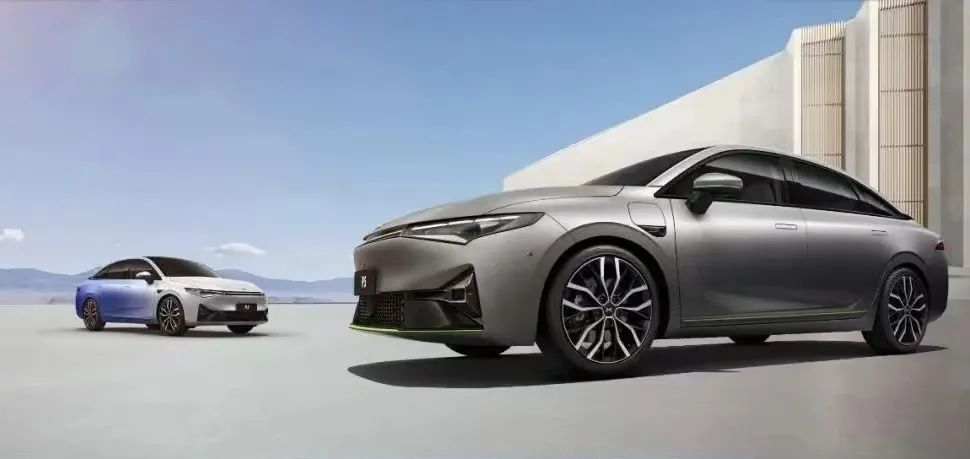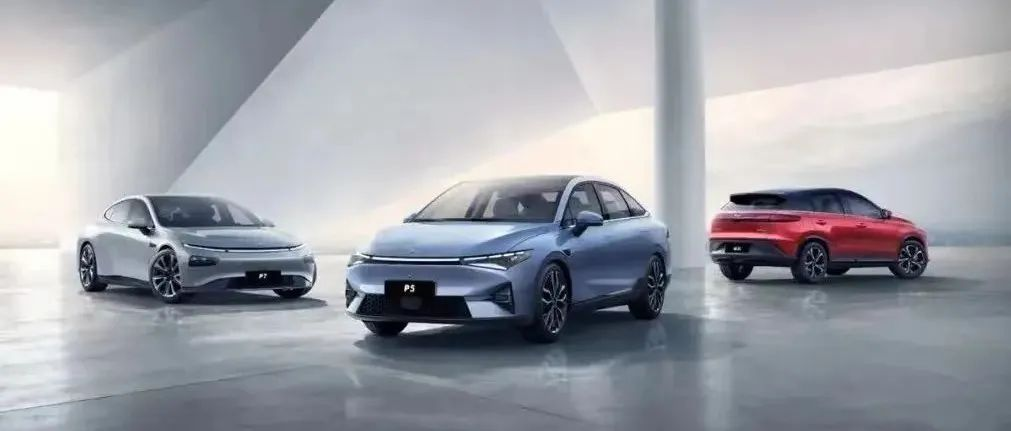Written by: Zhou Mianwu
Edited by: Cold Zelin
On June 27, 2022, XPeng Motors CEO, He XPeng, released a video of the internal technical test of the City Navigation Guided Pilot (NGP) on his Weibo account. During the 17-kilometer, 49-minute test drive from XPeng headquarters to the Guangzhou Tower, the NGP only took control once.
Earlier in a telephone conference, He XPeng revealed that “after obtaining the approval of the relevant regulatory authorities, the NGP will be launched in the first batch of cities in the second quarter of this year.”
Now that it is the last few days of the second quarter, it is expected to be delayed.
In the video, He XPeng and XPeng Motors Vice President of Autonomous Driving Technology, Wu Xinzhou, expressed multiple times that the City NGP is still not at the level of an experienced driver, clearly conveying the ability limit of XPeng City NGP to users, in order to lower everyone’s expectations.
P5: First to Win, G9: Experienced Driver
For XPeng, the P5 is used to win first place, having successfully won the world’s first mass-produced vehicle equipped with a LIDAR system. XPeng is now striving to be the first in China to have a vehicle equipped with City Navigation Guided Pilot (NGP).

The first XPeng model to be equipped with a LIDAR system is the relatively low-end P5 in its product line. This is rare in traditional car companies, where the latest and best technology is usually reserved for high-end models.
However, new energy vehicle companies are more like old phone manufacturers, putting their best technology in their newest products that can be covered by costs. The industry is constantly advancing rapidly, and the period in which LIDAR systems are expected to appear in cars happens to be when XPeng P5 is launched.
The June 27 City NGP road test video shows that XPeng City NGP’s functionality is generally sound, although some details still need to be improved, with the emphasis that it is not at the level of an experienced driver.
On the one hand, it performs well in no-protected left-turns, red and green light recognition, and lane changes. On the other hand, it directly states that it should not be used in extreme weather conditions and is not intelligent enough to handle large vehicles or low-speed following decisions that need to be improved, thereby lowering user expectations accordingly.
At the same time, it demonstrated that the technology is mature by showing that it only took control once in a busy section of Guangzhou. This will enable users to use City NGP as soon as possible with anticipation.
Meanwhile, Wu Xinzhou also stated that due to the limited computing power of the P5 (30 TOPS), it may have some difficulty recognizing animals or objects such as potholes on the road. This will not be a problem for the much more powerful G9.
For XPeng, the higher-level G9 is under the responsibility to elevate the brand. Besides being equipped with a LIDAR system, it has also two Orin processors. The greatly improved computing power will significantly enhance the City Navigation Guided Pilot.It’s highly probable that the first skilled Phantom Auto driver for XPeng will be G9, despite the testing video not explicitly saying so.
XPeng revealed during the 2021 earnings conference call that XPILOT 4.0 will be launched in 2023, providing point-to-point intelligent assisted driving.
On June 23, 2022, the “Shenzhen Economic Special Zone Intelligent Networked Automobile Management Regulations” was approved by the city’s People’s Congress, which means that Shenzhen will soon explicitly support L3 level automatic driving throughout the city.
The testing video has dampened expectations of P5’s urban navigation assistance function and raised expectations for G9.
Assisted driving still needs to be upgraded
XPeng’s XPILOT brought in 80 million yuan in revenue in the first quarter of 2021, with XPILOT 3.0 having a cumulative payment rate exceeding 20%.
However, with the subsidy decline and the rise in raw material prices for batteries in 2022, prices for whole vehicles have continued to rise, leading XPeng to provide the corresponding assisted driving system for free on compatible vehicle models.
Without batteries, cars cannot run, and there are still not enough people willing to pay for assisted driving software. Currently, the assisted driving functions still have a long way to go before they become as indispensable as batteries when purchasing a car.
Why are there not enough people willing to pay? Photon Mobility Analysis identified two main reasons:
- Lack of faith in technology
It frequently occurs in middle-aged people who are relatively more indifferent to technology and would prefer to keep the steering wheel completely in their own hands.
- Little demand for high speed
XPILOT 3.0’s main application scenarios are on the highway, where there is still a significant percentage of people who only occasionally drive on the highway during holidays. For this low-frequency operation, it is still not worth it for many users to spend 20,000 yuan on software. After all, free ACC/LCC has already implemented most of the features that XPILOT 3.0 can deliver, except for automatic overtaking.
For the upcoming urban NGP from XPeng, the second problem can be solved quite well, because the vast majority of people still drive on city roads. There is still a huge gap between what ACC/LCC can achieve and what urban NGP can achieve.
In essence, urban NGP should make drivers very relaxed, because the easier the driver is, the more consumers will eventually be willing to pay.
The current testing video from XPeng still does not allow drivers to relax significantly, and is closer to the concept of a technological trial product.
This article is a translation by ChatGPT of a Chinese report from 42HOW. If you have any questions about it, please email bd@42how.com.
